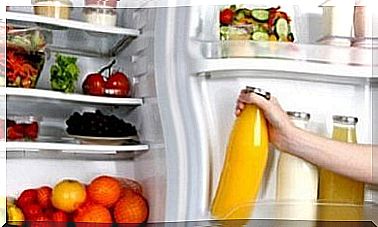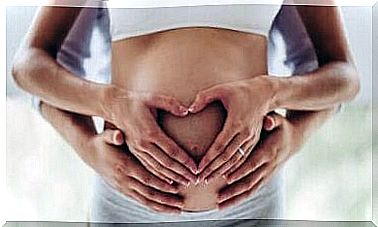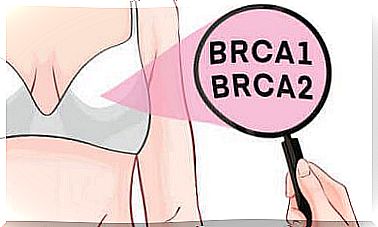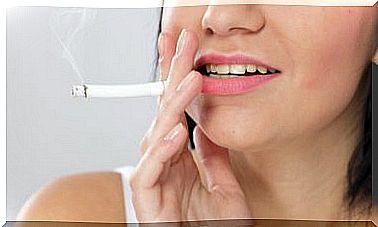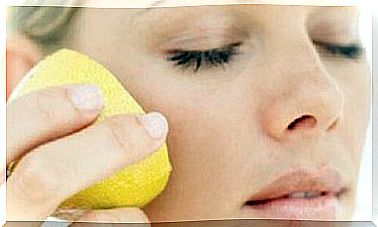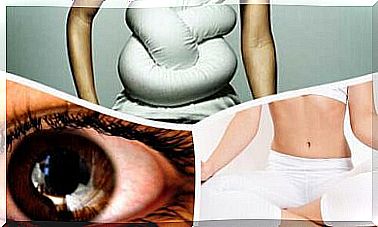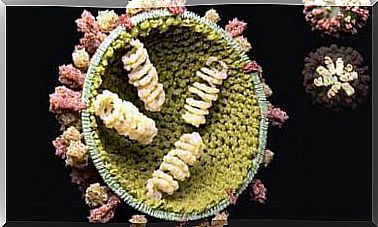Characteristics Of Henoch-Schønlein’s Purpura (IgA Vasculitis)
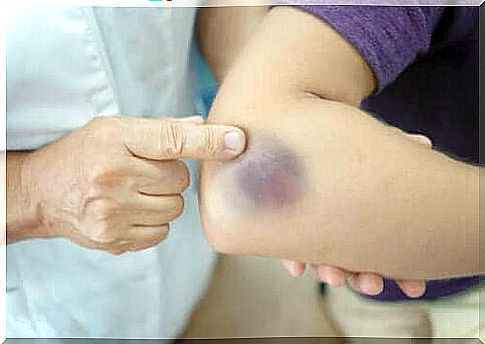
Henoch-Schønlein’s purpura is a vascular autoimmune disease whose cause is still unknown. Johann Lukas Schönlein first described it in 1860 in collaboration with the teacher Eduard Heinrich Henoch. However, the etiology is still unclear.
This disease is significantly more common in childhood. Furthermore , it is estimated that it affects an average of ten to 20 children per 100,000 each year. Boys are also more likely to develop this condition.
This disease occurs when the immune system is not functioning properly. A protein called immunoglobulin A (IgA), which acts as an antibody, begins to build up in the blood vessels and triggers certain symptoms.
Henoch-Schønlein’s purpura is also known as IgA vasculitis.
What is Henoch-Schønlein’s purpura?
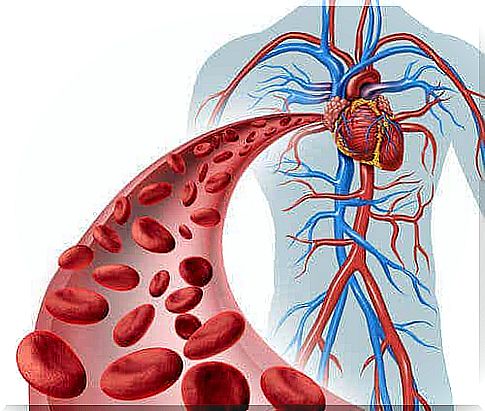
Henoch-Schønlein’s purpura is a disorder in which small blood vessels become inflamed and irritated. This condition is known as vasculitis and mainly affects the skin, but can also occur in the intestines and even the kidneys.
In many cases , this disease is caused by a bacterial or viral infection of the upper respiratory tract. Be it a sinus, throat or lung infection.
There have been reports of some cases where the disease occurs after the use of certain medications, insect bites and ingestion of certain types of food or vaccines. However, these cases are not so common.
This disorder requires a clinical diagnosis based on the main symptoms:
- skin rash
- inflammation and pain in the joints
- digestive problems
- kidney problems
Skin rash
There are skin symptoms in 80 to 100% of cases of Henoch-Schønlein’s purpura. The most characteristic is a collection of purple spots similar to bruises that usually appear on the buttocks, legs and feet.
In some rare cases, the spots also appear on the face, ears, arms and back. It is common to have edema or swelling from excess fluid in the scalp, hands, feet, face and scrotum at the onset. Blisters on the skin, filled with fluid or blood, are rare in children, but often in adults.
Inflammation and pain in the joints
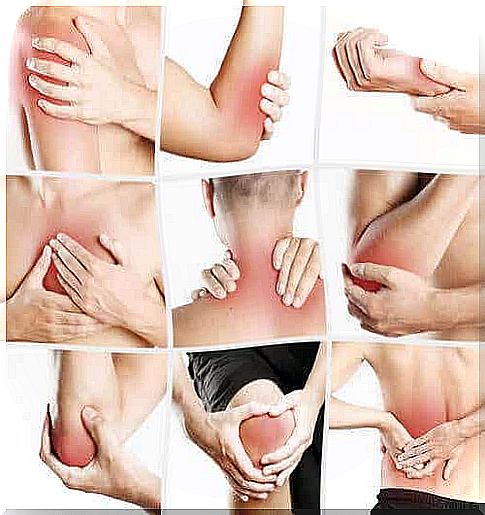
There are joint symptoms in 40 to 75% of cases of Henoch-Schønlein’s purpura. They basically include inflammation and pain (arthritis). This happens mainly in the knees and ankles.
Joint problems appear one to two weeks before the onset of skin symptoms, in about 15 to 25% of cases. This type of arthritis is temporary and usually disappears in a few days. In fact, it leaves no deformity or consequences.
Digestive problems in Henoch-Schønlein’s purpura
Gastrointestinal problems occur in 50 to 75% of cases. Furthermore, the most common manifestation is abdominal pain, present in up to 85% of those affected. Only in 14% of cases it appears before the skin manifestations of the disease and often complicates the initial diagnosis.
There is blood in the stool in half of the cases. Other symptoms such as nausea and vomiting are also common. In a small percentage of cases, there is also gastrointestinal bleeding, invagination, gastric ulcer, perforations and acute pancreatitis.
Kidney problems
Renal manifestations occur in 20 to 50% of cases and occur during the first month in 75 to 80% of patients, and in the following three months in 97 to 100% of cases. Kidney problems determine the severity of the disease and its long-term prognosis.
Basically, they consist of hematuria (blood in the urine) and proteinuria (protein in the urine), but rarely. Eventually, the condition can lead to various nephritic syndromes if the kidney problem develops. These in turn can lead to kidney failure within 10 years in 50% of those affected.
Thanks for reading.

